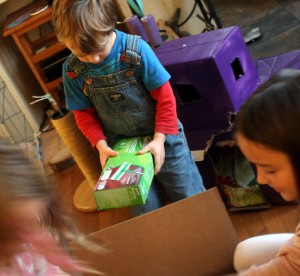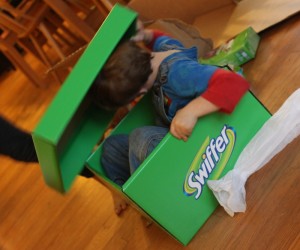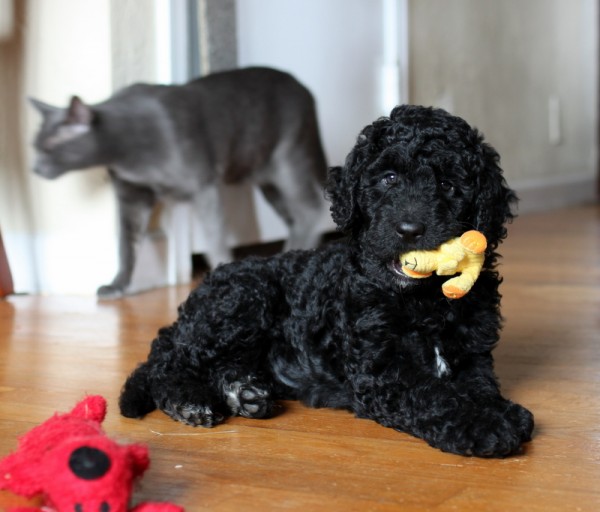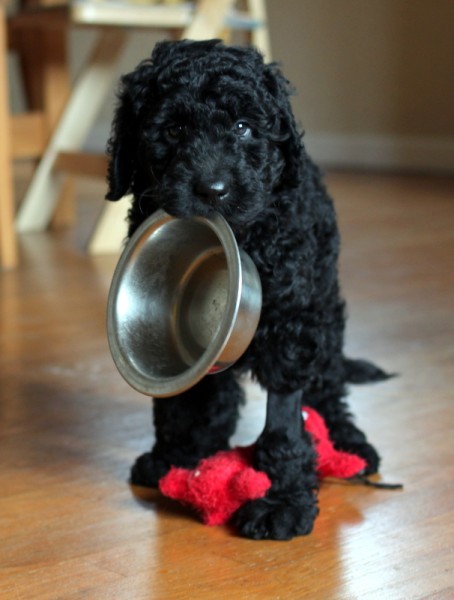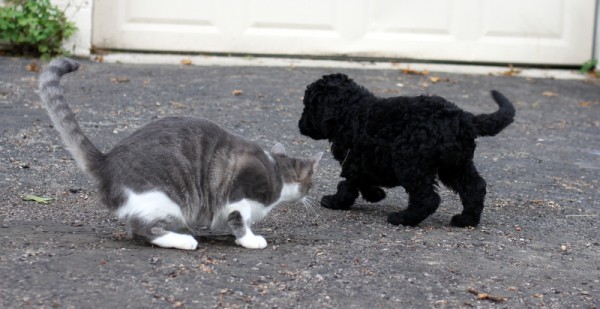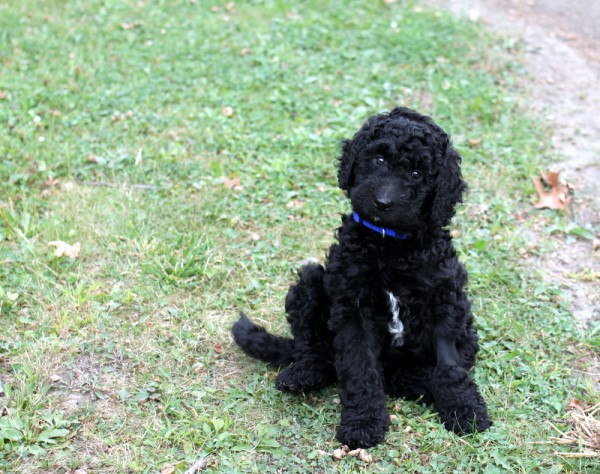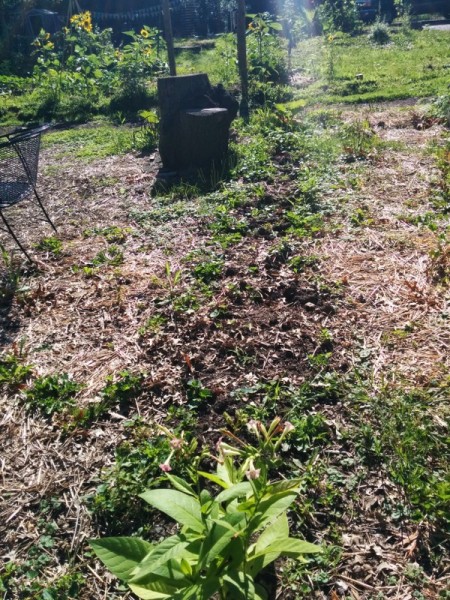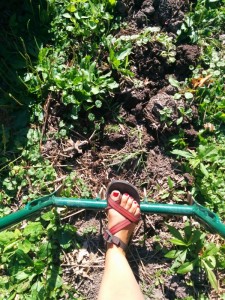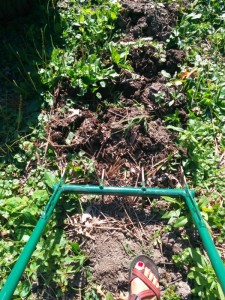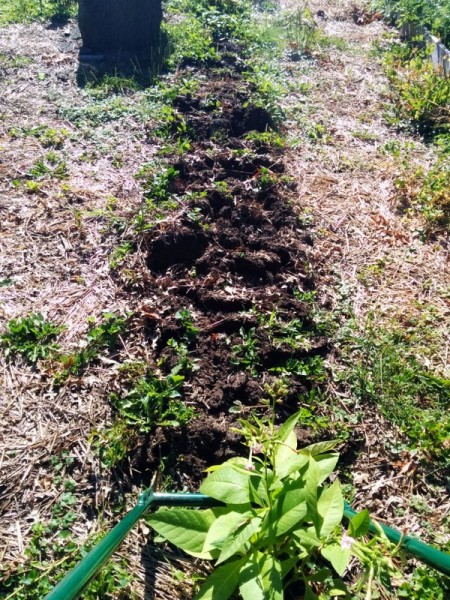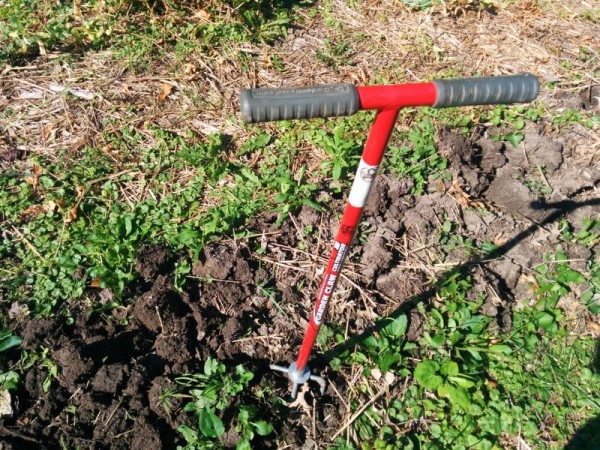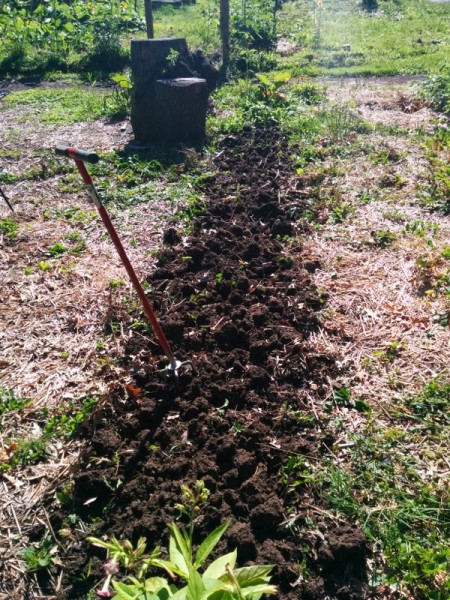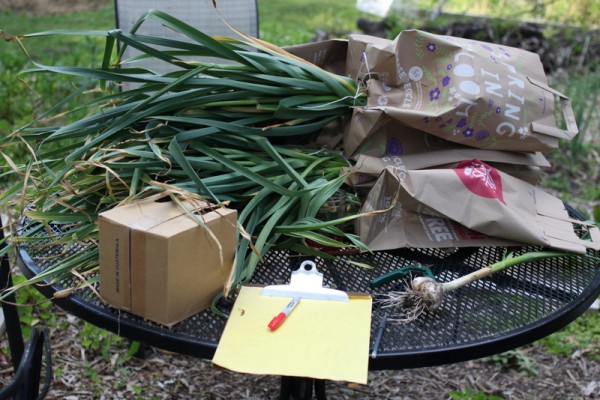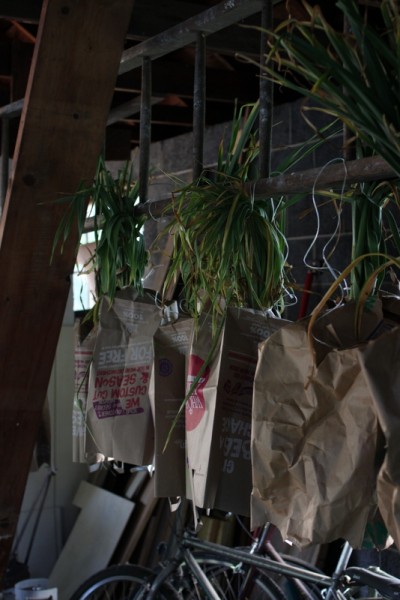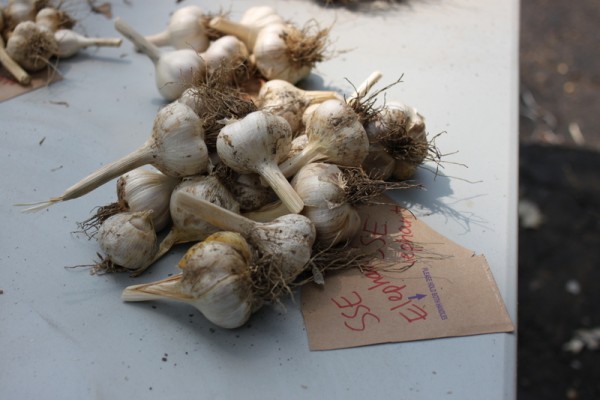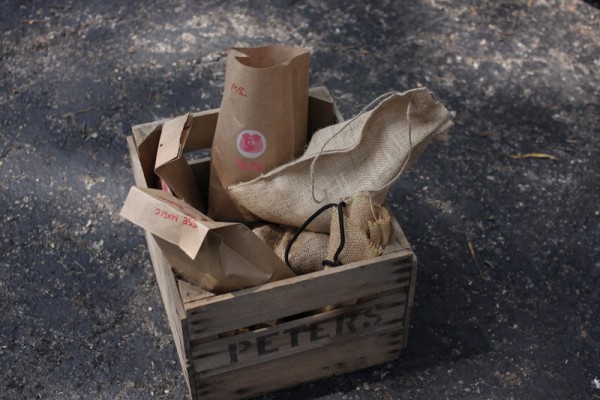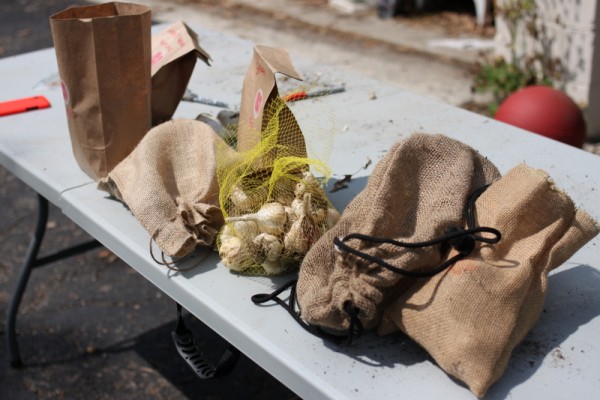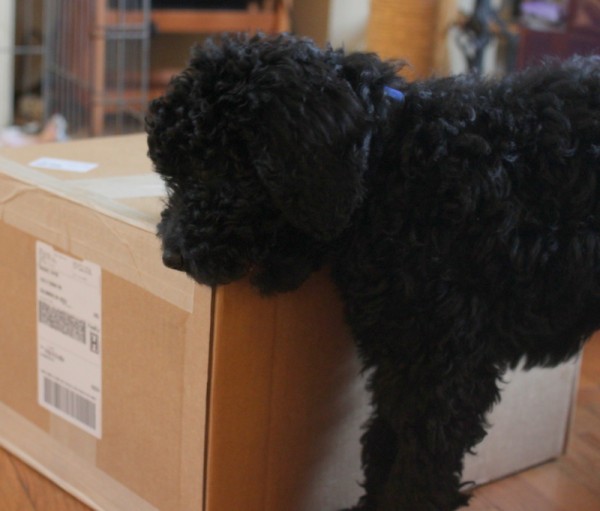 Oh, Annabel. Our busy, monochromatic (i.e. hard to photograph!) puppy is the focus of our life right now. Weekly puppy classes, daily training and treats sessions, cuddles, walks, and messes. Messes, everywhere messes.
Oh, Annabel. Our busy, monochromatic (i.e. hard to photograph!) puppy is the focus of our life right now. Weekly puppy classes, daily training and treats sessions, cuddles, walks, and messes. Messes, everywhere messes.
Our homestead normally cleans with rags, reusable towels, and washable mop heads. In fact, it's a regular goal to eliminate disposable products. But there are exceptions to our earth-friendly, budget-lowering habits. Puppy training is one of them.
At first, Annabel needed to be taken out to potty every hour or so - and sometimes pup and trainer didn't make it to the door in time. Then she spent a week recovering from an intestinal bug. And now we're in cold, muddy footprint season. Messes, everywhere messes.
So when the folks at Swiffer offered to send me a Big Green Box of cleaning supplies and mentioned they were partnering to provide supplies to ASPCA shelters too, I couldn't pass it up.
I decided to surprise my favorite four-year-old with a second Big Green Box that Swiffer sent me to share. G is at that perfect age where he can be excited about anything and still helps clean without complaint occasionally. G and his family share our love of cats and dogs too. G says his pets are "cute and fluffy." When I asked what kind of messes their pets make, G's sister K said "they shed on the rug."
Swiffer surveys say 38% of pet owners feel that shedding hair is the the leading source of pet-related cleaning challenges. The Swiffer sweeper picks up 3 times more hair and dander than a broom and dustpan. Annabel is a poodle mix and doesn't shed, but she does track in lots of debris from the yard and has managed to unearth some embarrassingly large dust bunnies by romping around inside. It's nice to have disposables at hand to quickly clean up so we can get back to playing and training our puppy.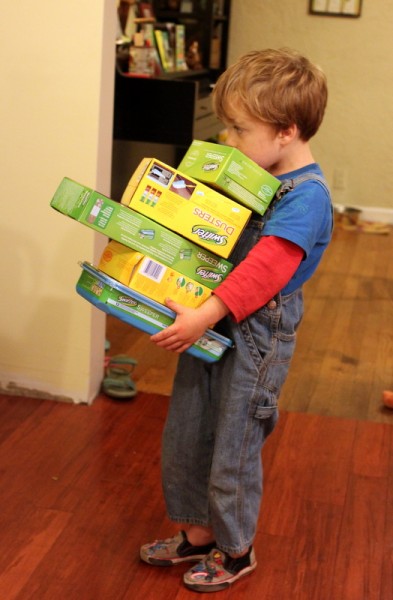
G was eager to take his Swiffer stack of products home after he destroyed his Big Green Box during play. Whether he (or his parents) use the Swiffer sweeper and dusters for pet-related or other household messes, they'll enjoy a simpler, quicker chore. And so will the ASPCA shelters and adopters who received cleaning products - thanks Swiffer!
I was selected for this opportunity as a member of Clever Girls and the content and opinions expressed here are all my own.
Bonus! I took a short video when the friends opened their boxes. It's totally goofy, from the orientation to the editing to the content. But some of you will love that goofiness, so here you go:

